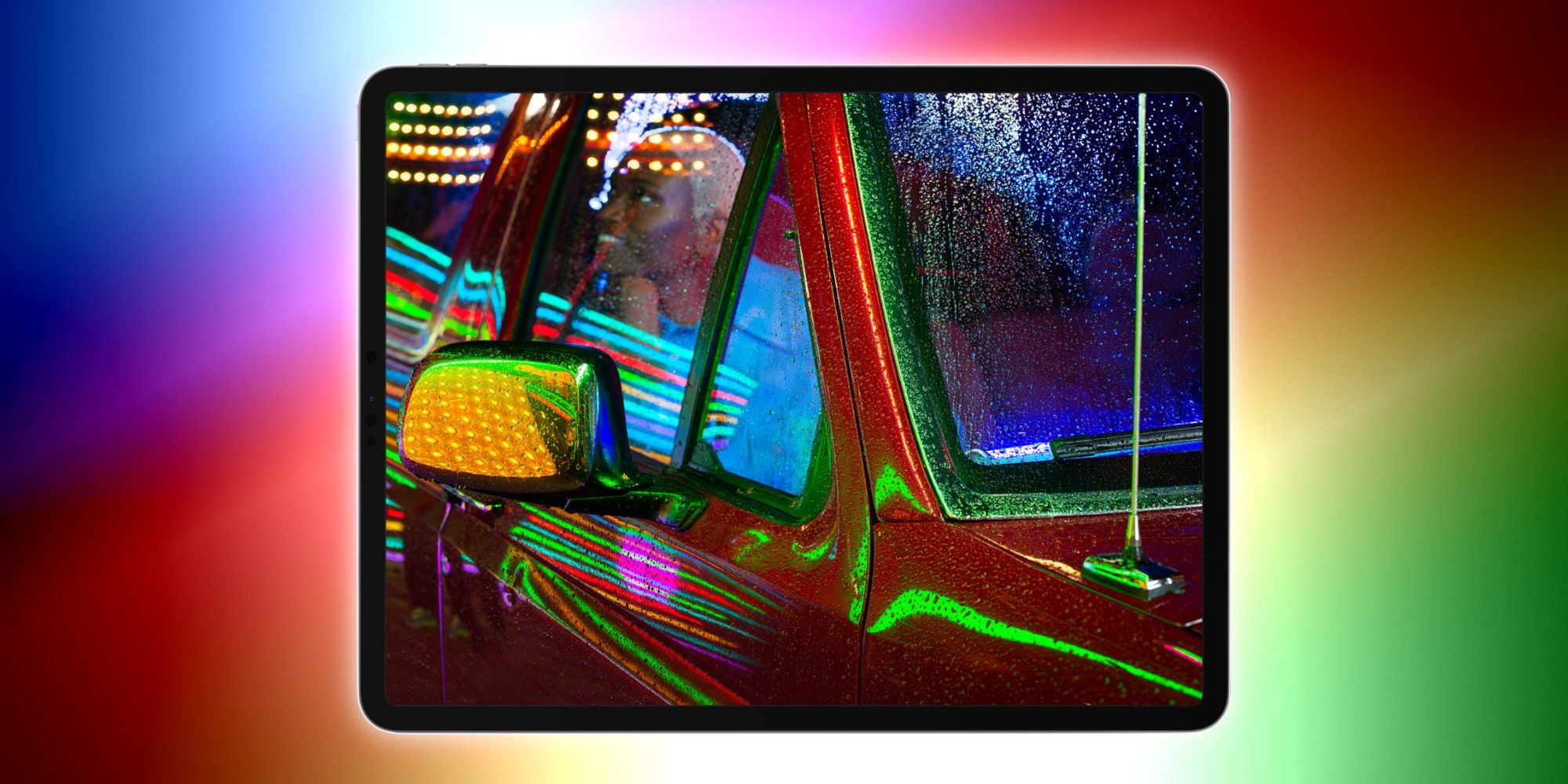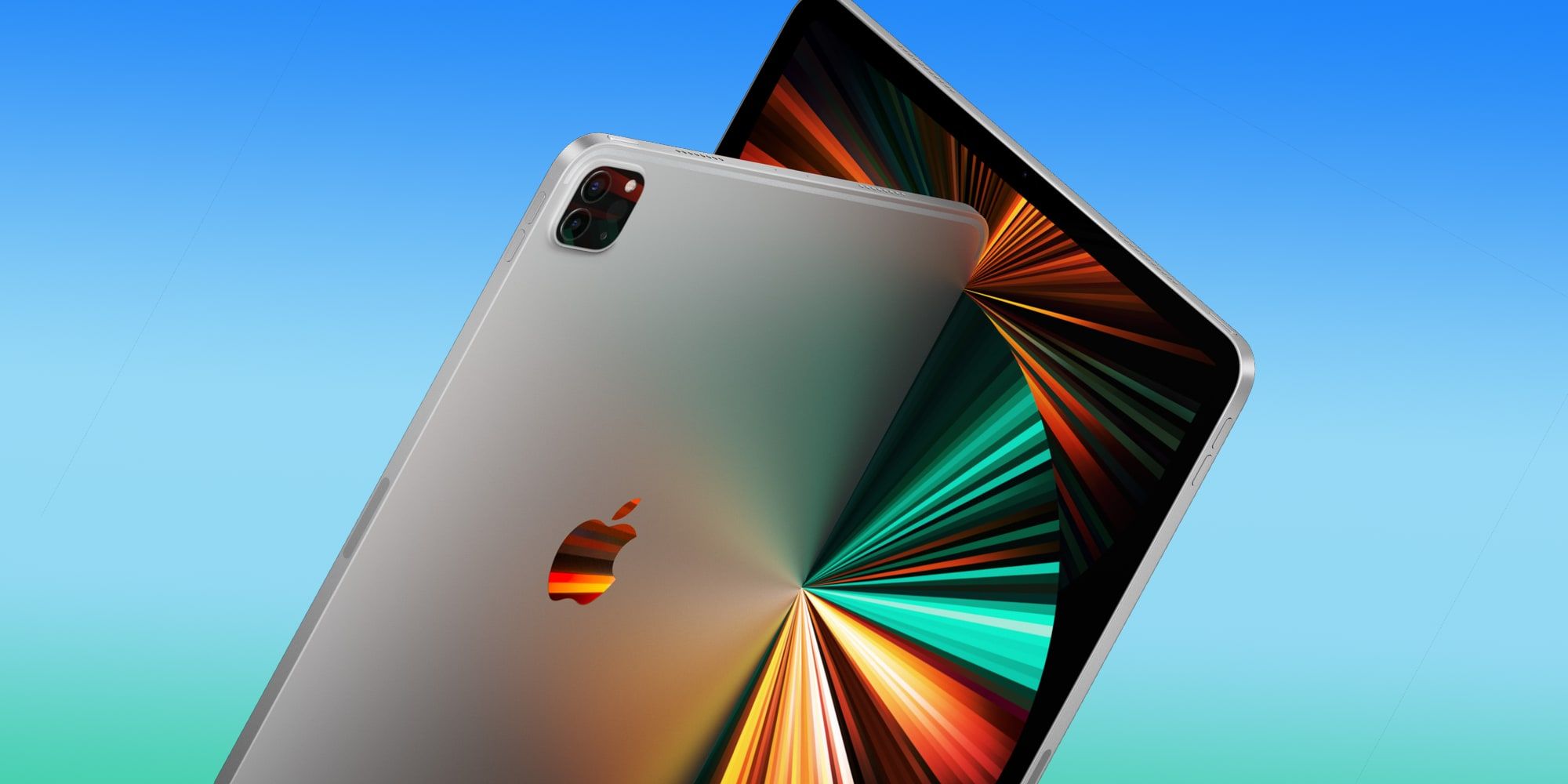
When Apple announced the latest updates to its new iPad Pro 11-inch and 12.9-inch models, both were introduced together which might lead some to believe they are the same, other than the size. There are big improvements to most major components, including a faster processor, an option for 2-terabytes of storage, more input/output bandwidth, and an option for 5G cellular. However, there is one upgrade that is exclusive to the larger and more expensive M1 iPad Pro.
The very first iPad Pro was the 12.9-inch model, which first appeared in 2015 and a couple of years after Microsoft introduced the Surface Pro tablet. Whether this was what motivated Apple to increase the size and power of the iPad, or if was part of the roadmap all along, will probably never be revealed. Apple likes to keep its product plans fairly secret and rarely shares its past decision-making. In the long run, it confirmed this new direction of providing accessories for tablets that allow them to be used like laptops would continue.
The new iPad Pro is available in two sizes and in almost every other way, they are the same. Both include a super-fast M1 system-on-a-chip, the same processor used in the new Mac computers and laptops, including the new M1 iMac announced at the same event. So this brings the potential burst speed of an iPad Pro to the same level as Mac computers. Most of the M1 Mac computers do contain fans that allow cooling, which enables more sustained speed, but these are clearly the fastest tablets in the world. Both of the new iPad Pro tablets have the updated USB-C connector that uses USB 4 with Thunderbolt, which allows data transfer speeds of up to 40 Gbps, meaning fast external storage is possible. 5G cellular support is also an option for both sizes. The one feature that is unique to the 12.9-inch model, however, is an enhanced display.

Apple upgraded the 12.9-inch iPad Pro with an XDR display and the difference is dramatic. The maximum brightness of the 11-inch model’s Liquid Retina display is 600 nits, which has been the brightness of the iPad Pro for several years. XDR stands for Extreme Dynamic Range and the 12.9-inch size can reach 1,600 nits of brightness, which is even brighter than the iPhone 12's 1,200 nits. This extreme brightness only comes into play with HDR content, though, but since the iPad Pro is popular among photographers and videographers, this will be an important distinction, revealing the full brightness of a subject rather than the slightly muted levels common with a tablet.
The standard Liquid Retina screen is of excellent quality, featuring a wide color gamut (P3) and TrueTone technology that matches white balance on-screen to that of the ambient light. However, the XDR technology included in the 12.9 iPad Pro is very impressive. Apple usually doesn’t publish the contrast ratio of any of its iPad tablets, but this year it shared that the larger of the two tablets has an incredible one-million-to-one contrast ratio, backed by 10,000 Mini-LEDs spread across the surface of the display to allow precise backlighting. Compared to the 72 LEDs that serve to light the 11-inch iPad Pro, the difference is clear. This will reduce bleed-through lighting and allow for blacker blacks and brighter whites. While both iPad Pro models saw huge upgrades in 2021, Apple's 12.9-inch tablet really shines with its advanced Mini-LED XDR Display technology.
Source: Apple
from ScreenRant - Feed https://ift.tt/3sznpJW


0 Comments